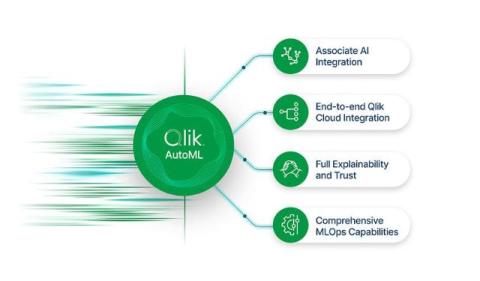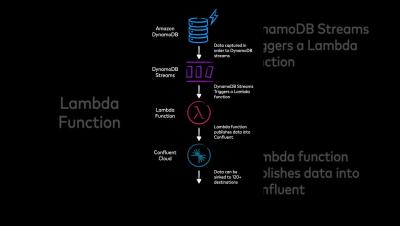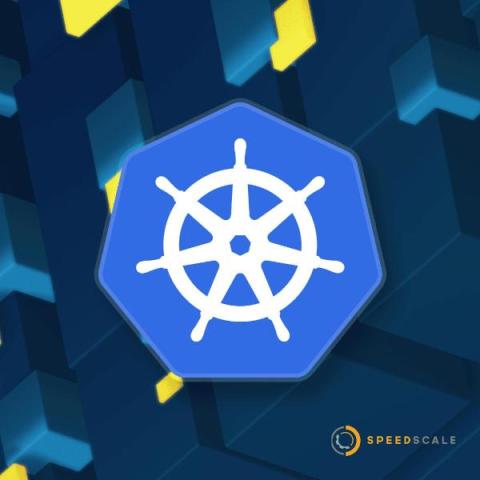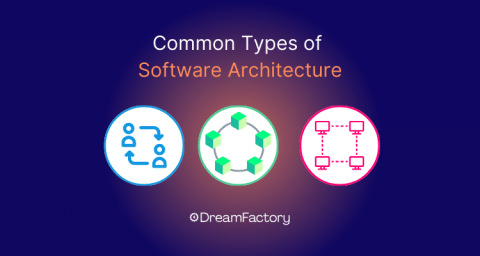Using GitLab With Helix QAC
The cloud-based GitLab CI/CD platform allows development teams to streamline their Continuous integration (CI) and Continuous Delivery (CD) pipelines and accelerate their Software Development Lifecycle (SDLC). Adding strict, compliance-based static analysis — as provided by Helix QAC — as new stages to existing GitLab CI/CD pipelines will enhance the SDLC still further, and move your DevOps workflows from Continuous Integration to Continuous Compliance.











